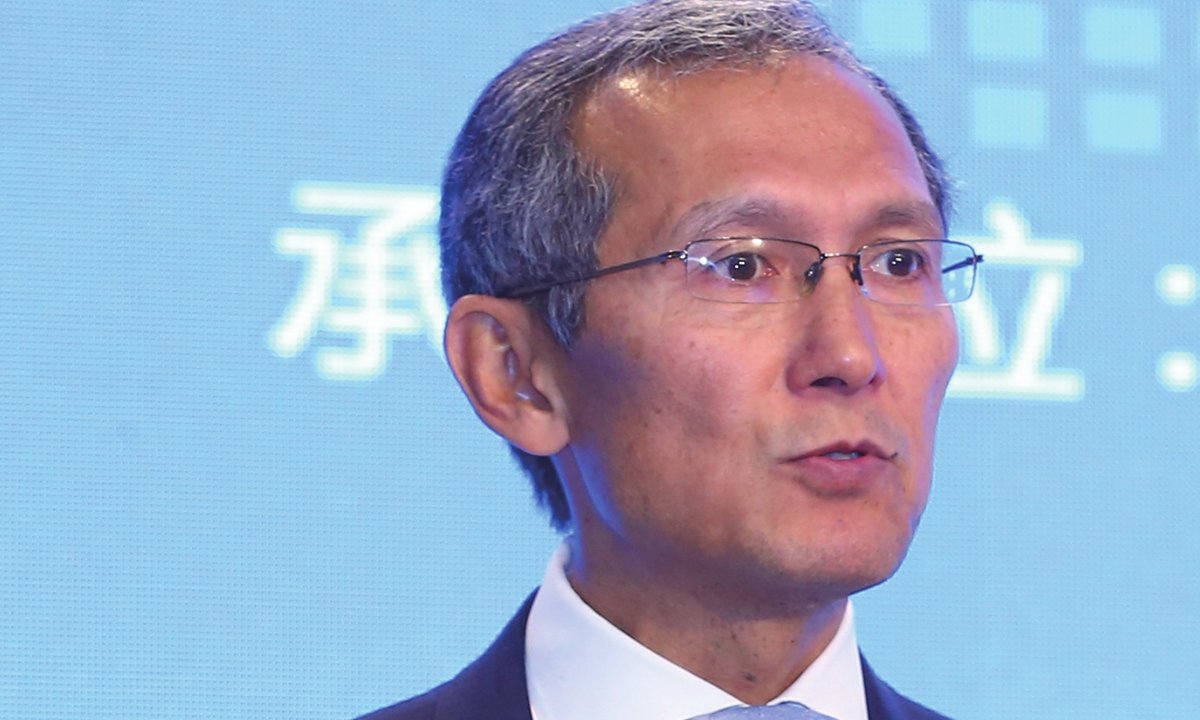The Belt and Road Initiative (BRI) has emerged as a monumental undertaking over the past decade, poised to foster global cooperation, trust-building, and concerted efforts to create a better world for all. This grand vision harkens back to the ancient Silk Road’s principles, rekindling the spirit of connectivity and trade. Djoomart Otorbaev, the former Prime Minister of Kyrgyzstan, shared his insights during an exclusive interview at the third Belt and Road Forum for International Cooperation in Beijing.
A decade ago, when Chinese President Xi Jinping first unveiled the BRI during a visit to Central Asia, the world anticipated a revival of the historic Silk Road’s trade routes that once connected China and Europe. Central Asia, with its rich history as a center of civilization and a highly developed region in its heyday, saw this initiative as an opportunity to regain its position as a land-connected area, breaking free from its landlocked status. Otorbaev reminisced, “Ten years ago, we were quite enthusiastic that we may consider returning to the good times – the old great Silk Road.” One of the most remarkable outcomes of the BRI is the “real Eurasian revolution” that has unfolded over the past decade.
The BRI’s initial decade saw the construction of a highly efficient railroad bridge linking China and Europe via Central Asia. This infrastructure marvel opened up new horizons for businesses and logistics, facilitating efficient rail trade routes. As Otorbaev observed, “Over the past 10 years, a very efficient railroad bridge between China and Europe has been built through Central Asia, enabling business and logistics to explore new opportunities to trade through rail, which has become very efficient.” This development is turning Central Asia into a vital transport hub, offering improved conditions for trade and numerous opportunities to boost regional economic prosperity. In his own words, “Soon, Central Asia will transform itself from a landlocked to a land-connected area, not only in West-East connection but in North-South, as well.”
By 2022, the number of trains traversing the vast distance between Europe and China had reached an impressive 16,000, with projections indicating further growth. Within the BRI framework, plans are underway for the construction of the China-Kyrgyzstan-Uzbekistan railway, a project that holds great promise. This railway is expected to significantly shorten the distance between Europe and Asia by approximately 900 kilometers. Despite the challenging mountainous terrain, Otorbaev drew inspiration from the successful construction of the China-Laos railroad, which also navigated mountainous terrain. He asserted, “If it’s achieved in Laotian territory with more than 1,000 kilometers, it can be achieved in Central Asia with [a line of] 280 kilometers through the mountains. It will be a very bright, efficient result of the initiative, especially important for Central Asia.”
Otorbaev further delved into the dynamics of economic influence in Central Asia in his new book, “Central Asia’s Economic Rebirth in the Shadow of the New Great Game.” He made an intriguing revelation that China is not yet the dominant investor in the region. Despite the substantial progress made under the BRI, it has not reached its full potential as a major contributor to the region’s economies. However, Otorbaev expressed confidence in the BRI’s continued growth and impact, asserting, “The BRI is not yet realizing all its potential. The BRI has not yet become an enormous contributor to our economy, but it will come.”
The timing of the third Belt and Road Forum for International Cooperation is significant, occurring on the 10th anniversary of the BRI. With over 150 countries and 30 international organizations having signed BRI cooperation agreements with China, the forum serves as a critical platform to reflect on accomplishments, lessons learned, and future aspirations. Otorbaev emphasized the need for a “high-quality Belt and Road,” underlining the importance of people-to-people connectivity. He stressed the pivotal role of young, innovative talents in shaping the 21st century.
While the BRI has garnered immense global attention and support, it has not been immune to criticism. Some Western media outlets have raised concerns about the so-called “debt trap” associated with the BRI. Otorbaev addressed these concerns, asserting that the Chinese government offers developing countries opportunities to borrow rather than trapping them in debt. He dispelled the notion that China uses debt to gain control over countries, noting that private investors, primarily commercial banks issuing sovereign bonds, play a more substantial role in international finance. Otorbaev cautioned that these private investors, due to the global inflation rate, may pose greater risks to countries than sovereign donors.
While Central Asia’s five countries have often been labeled as Russia’s sphere of influence, Otorbaev highlighted the positive political relations between China and Russia. He emphasized that both nations act in Central Asia in line with their national interests. Otorbaev stated, “We are in good relations with both China and Russia.”
The Belt and Road Initiative has evolved into a global phenomenon over the past decade, promising to unite nations, rebuild trust, and create a more prosperous world. Otorbaev’s insights shed light on the remarkable achievements and potential of the BRI, emphasizing the importance of a high-quality, people-centric approach. While challenges and criticisms persist, the BRI remains a transformative force with the power to reshape the world’s economic and geopolitical landscape.
Read More:
